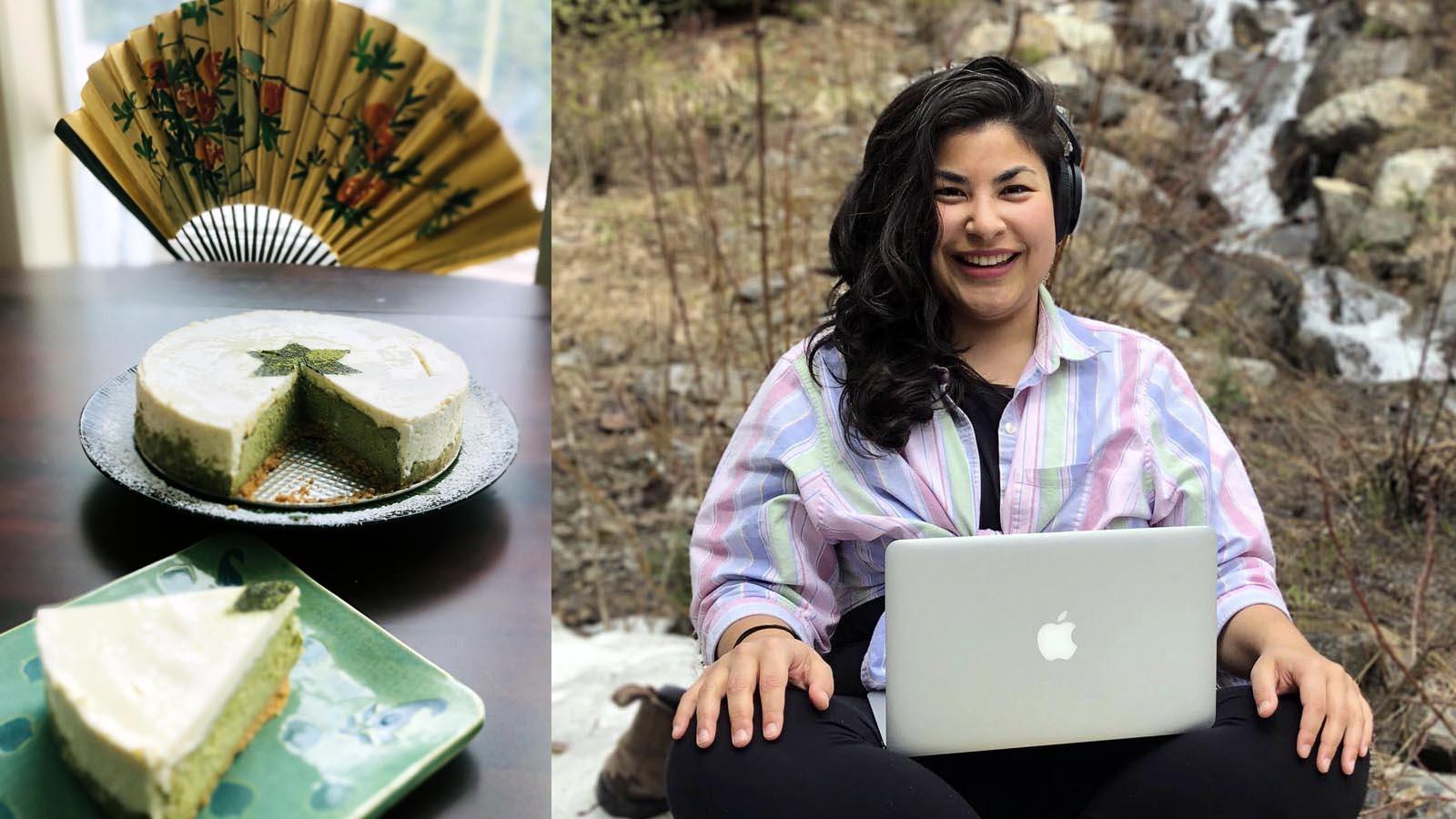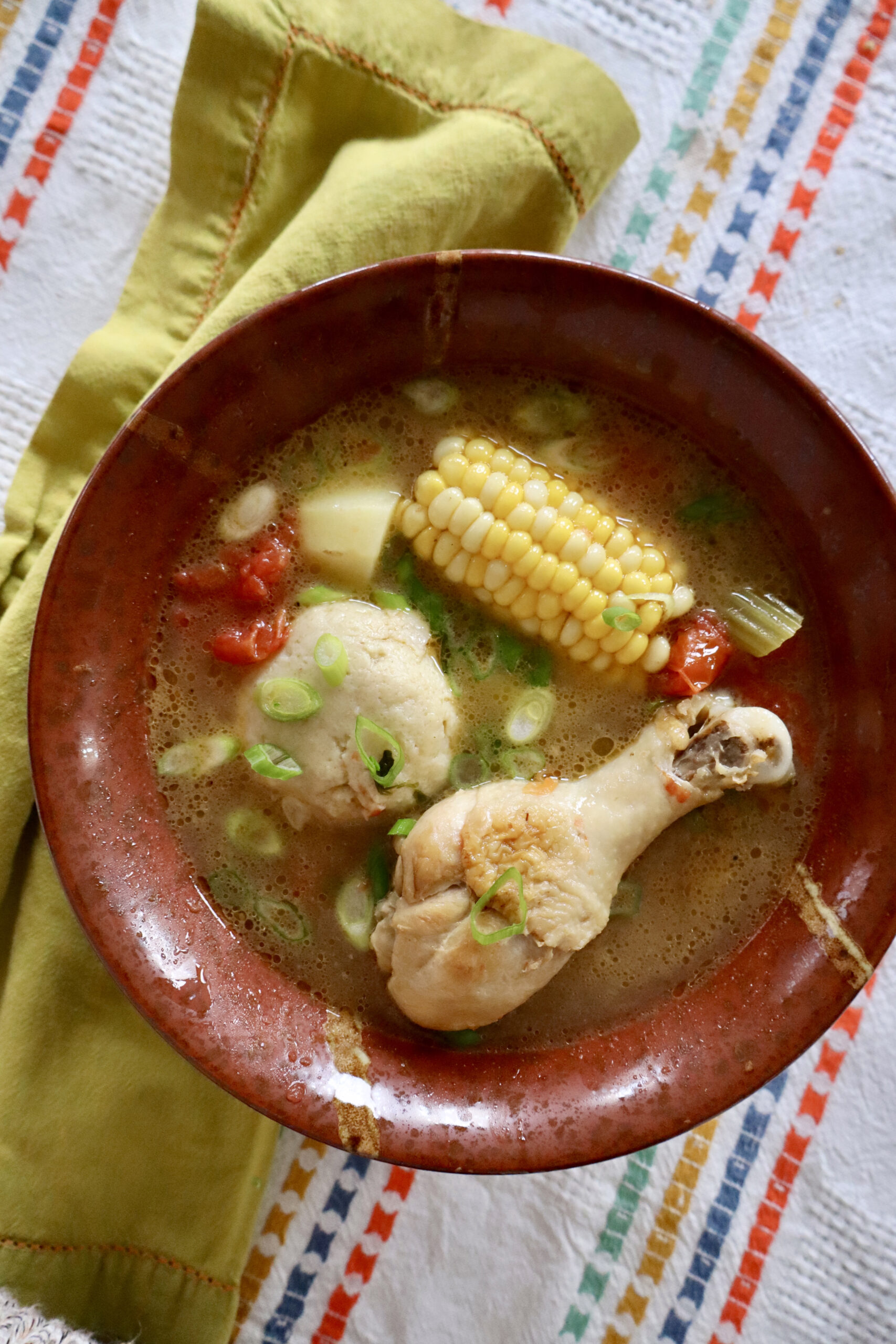I am blessed in being both Asian and Jewish and being part of two traditions that focus on joy and bounty at this time of year. The overlap between Sukkot and the Moon Festival, also known as the Mid-Autumn festival, provides me with the chance to bring the two parts of my culture into alignment and share happiness with all the members of my community. This year, Sukkot – the Jewish holiday of huts, starts on Monday, September 20, and ends on the evening of Monday, September 27. The Moon Festival, also known as the Mid-Autumn Festival, celebrated by East and South-East Asians, starts on Tuesday, September 21.
In the Torah, God commanded that we rejoice at Sukkot: “You shall rejoice in your festival, with your sons and daughters, your male and female servant, the Levite, the stranger, the orphan, and the widow in your communities. You shall hold a festival for the Eternal your God seven days, in the place that the Eternal will choose; for the Eternal, your God will bless all your crops and all the work of your hands, and you shall have nothing but joy.” (Deuteronomy 16:13-15) And because it was celebrated for 7 days when the cops were gathered and fruits were harvested, the holiday is also known as hag haasif, The Harvest Festival.
The Moon Festival lasts for 3 to 7 days, depending on the tradition of each culture throughout East and South-East Asia. Though the meaning of this festival has evolved and changed over time due to culture, religion, science, and technology, the central celebration concept of this holiday is about the harvest Moon*, being together, and celebrating.
 As a child, around this festive time, my parents would take my siblings and me to the local street-side Lantern shop to pick out our favorite hand-crafted lanterns. Covering the entire shop from floor to ceiling, these small one-room mom and pop lantern shops had hundreds of colorful lanterns in all forms and shapes – there were the Starfruit ones, the Gold-fish ones, my favorite was always the fuzzy paper Rabbit lantern.
As a child, around this festive time, my parents would take my siblings and me to the local street-side Lantern shop to pick out our favorite hand-crafted lanterns. Covering the entire shop from floor to ceiling, these small one-room mom and pop lantern shops had hundreds of colorful lanterns in all forms and shapes – there were the Starfruit ones, the Gold-fish ones, my favorite was always the fuzzy paper Rabbit lantern.
Mid-Autumn Festival is when families and friends visit each other and gather outside at night to admire the bright full moon and pray for peace. We eat mooncakes, pomelos, persimmons, and star fruits. The adults visit while the children run around with their lanterns “lighting the pathways,” it’s a joyous holiday.
These days, I bring mooncakes into the community sukkah to share, and we decorate the Sukkah with colorful lanterns and origami. Through the s’chach, greenery branches covering the Sukkah, we admire the same moon in the sky as I did as a child. Even though I am miles away from my birthplace Hong Kong, I can still bring pieces of my childhood heritage and culture into the Sukkah each year.
What are you bringing into your sukkah this year to celebrate this year? Chag Sameach!
*https://www.almanac.com/content/what-harvest-moon
Harvest Sukkot Fruit Salad 
By Rabbi Ruth Abusch-Magder
Food is a key part of celebrating the Harvest Moon Festival however, many of the traditional recipes for the Harvest Moon Festival highlight foods that are not considered kosher which can pose a challenge for some. In conversation with Davi Chang, I wanted to help develop a recipe that would address Jewish culinary considerations as well as Davi’s connection to both holidays. We settled on creating this fruit salad. At Sukkot, it is traditional to eat from the abundance of fruits that come into the market at this time of year which in the land of Israel include pomegranates. Additionally, pomegranates are red, a color associated with good luck in many Asian traditions, so the seeds and the concentrate bridge between the two festivals. Fuyu persimmons and pomelos are commonly eaten at The Moon Festival, highlight the orange and yellow hues associated with the holiday. They should be available at most Asian markets or if you cannot find them feel free to substitute a similar amount of some of the other fruits suggested. Building on the citrus theme of The Moon Festival we have added the lemon zest and tied it to modern Israeli tastes with a bright mint garnish!
Ingredients
1 pomelo or 2 large grapefruits with a yield of approximately 4 cups, 3 Fuyu persimmons (2 apples can be substituted)
1 large or two medium pomegranates
A handful of fresh mint leaves
Zest from one small lemon
3 Tablespoons pomegranate molasses (available in Middle Eastern markets) 1 ½ tablespoons of honey can be used if unavailable.
Directions
- Discard the thick outer rind of the pomelo and shred the flesh so that there are small pieces and no pith. Put in a large bowl.
- Finely slice the persimmons into pieces and then cut again to create small slices that are similar in size to the pomelo pieces. Add to the pomelo.
- Deseed the pomegranate. The best way to do this is to cut it open while submerged in a bowl of water. Allow the pith to rise to the top, remove the pith and then drain seeds in a strainer. Add to the fruit mixture.
- Pour 3 tablespoons of pomegranate molasses over the fruit.
- Gently mix together.
- Let sit for 2-3 hours for flavors to mix.
Before serving, cut the mint leaves into fine strips and mix with the fruit.








